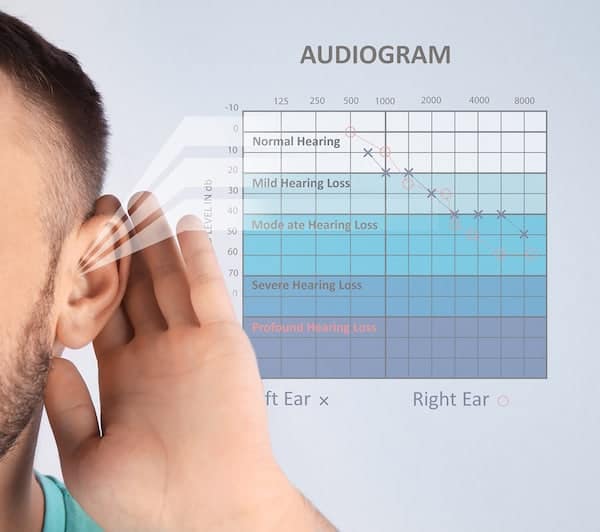When it comes to understanding hearing loss, it's essential to recognize the different types that individuals may experience. By familiarizing yourself with the most prevalent forms of hearing loss, you can better navigate the options for treatment and management.
What is Conductive Hearing Loss?
Conductive hearing loss occurs when sound waves are unable to pass through the outer or middle ear. This type of hearing loss can be caused by factors such as ear infections, fluid in the middle ear, or a blockage in the ear canal. Individuals with conductive hearing loss may benefit from medical intervention or hearing aids.
What is Sensorineural Hearing Loss?
Sensorineural hearing loss is the most common type of permanent hearing loss and involves damage to the inner ear or auditory nerve. This can be caused by aging, exposure to loud noise, genetics, or certain medications. Individuals with sensorineural hearing loss may require hearing aids or cochlear implants for treatment.
What is Mixed Hearing Loss?
Mixed hearing loss is a combination of conductive and sensorineural hearing loss. This means that there may be issues with both the outer or middle ear as well as the inner ear or auditory nerve. Treatment for mixed hearing loss may involve a combination of medical intervention and hearing devices.
What is Central Hearing Loss?
Central hearing loss occurs when there is a problem with the central auditory processing centers of the brain. This type of hearing loss can impact an individual's ability to understand speech or process sound correctly. Treatment for central hearing loss may involve auditory training or therapy to improve communication skills.
By understanding the various forms of hearing loss, individuals can take proactive steps to address their hearing health. Whether seeking medical treatment, exploring hearing devices, or engaging in auditory training, there are options available to help manage and improve hearing loss.
